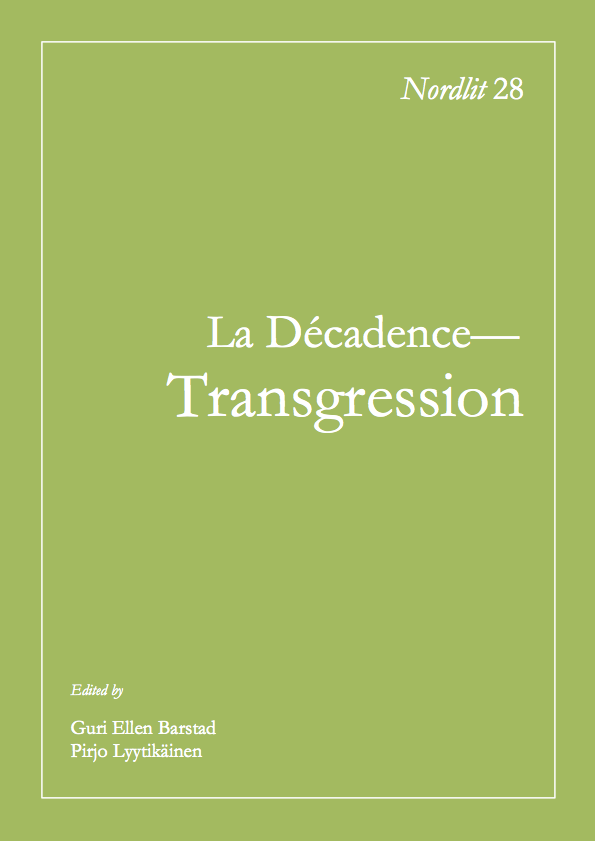Edison's Modern Legend in Villiers' L'Eve future
DOI:
https://doi.org/10.7557/13.2053Keywords:
Villiers de l’Isle-Adam, “Eve future”, Thomas Edison, 19th century French press, science, phonograph, android, decadenceAbstract
This paper analyzes the characterization of Thomas Edison in Villiers de l’Isle-Adam’s L’Eve future (1886) in an effort to explain how the author constructs this figure’s modern legend in the novel’s “oeuvre d’art-métaphysique.” Choosing an inventor protagonist in a work that recommends itself on its serious, artistic purpose stands out in late 19th century literature because, at the time, such characters are associated with popular literature. Villiers stresses the uniqueness of his Edison by suggesting comparisons with such literary and mythological precursors as Faust and Prometheus only to show that his protagonist has little in common with them: this inventor looks down upon humanity and wishes to reform it, while being arrogant and happy in his lucrative business.
Edison’s seemingly occult task is to copy a woman, and this paper argues he achieves success not because he produces a functioning android but because he presents his machine as an occult device to his decadent interlocutor. This spectacular marketing recalls that of the phonograph, as well as the staging of devices in Edison’s stands in the
International and Electrical Expositions of the 1870s and 1880s. Villiers’ depiction of the protagonist as astute showman does not, however, amount to a criticism of his technological abilities. Instead, the author’s emphasis on these characteristics goes to solidify his legend as a modern, unique tale of economic success through applied science.
Downloads
Published
How to Cite
Issue
Section
License
Forfattere som publiserer i dette tidsskriftet aksepterer følgende vilkår:
- Forfattere beholder copyright og gir tidsskriftet retten til første publisering samtidig som verket lisensieres med en Creative Commons Attribution 4.0 International lisens som tillater andre å dele verket, forutsatt at verkets forfatter og første publisering i tidsskriftet erkjennes.
- Forfattere kan inngå separate, ikke-eksklusive avtaler om annen distribusjon av tidsskriftets publiserte utgave av verket (f.eks. egenarkivering i et vitenarkiv eller publisering i en bok), så lenge førstepubliseringen i tidsskriftet erkjennes.
- Forfattere tillates og oppmuntres til å gjøre verket tilgjengelig på nettet (f.eks. i et vitenarkiv eller på andre nettsider) før og under innlevering, da dette kan lede til nyttige menings- og kunnskapsutvekslinger og til tidligere og mer sitering av det publiserte verket. (Se The Effect of Open Access).









